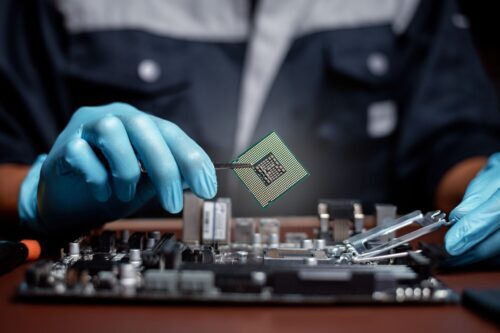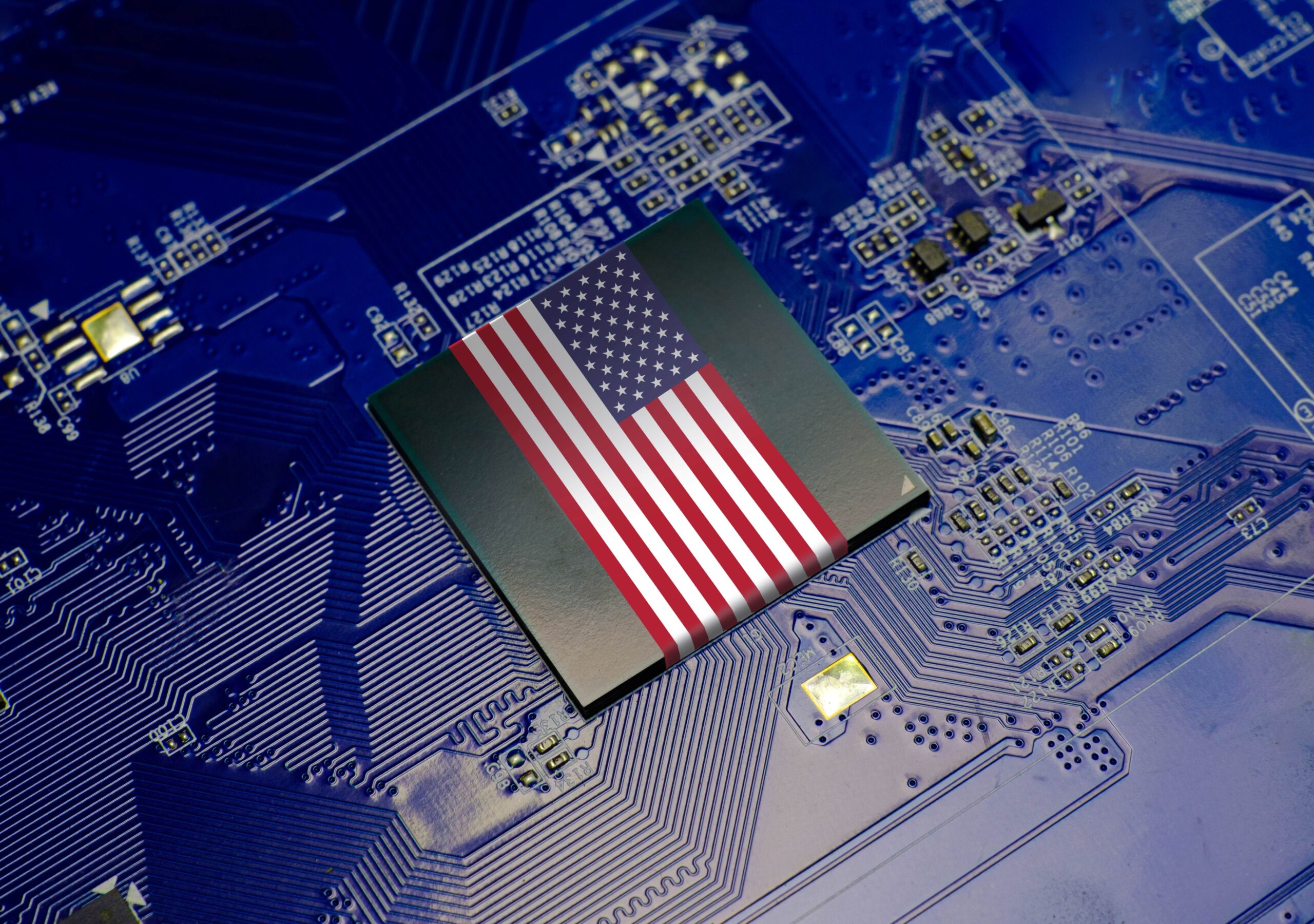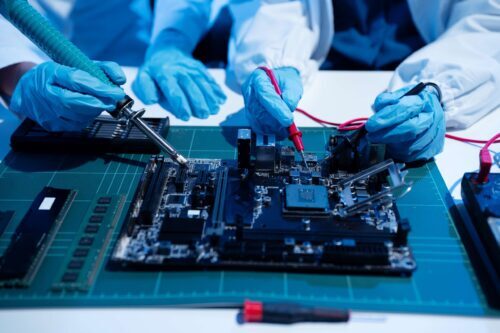
When Donald Trump again talked about revitalizing the US semiconductor industry, many had a legitimate question: Is it even possible?
The U.S. did invent microchips, but in recent decades, technological leadership has shifted eastward to Taiwan, South Korea, and Japan. These countries have built a sophisticated ecosystem where every stage of production, from mining rare earth materials to assembly and testing, runs like clockwork. And now America wants to break into this system with a wrench in its hand.
America vs. the World
Tariffs, subsidies, and threats are Trump’s favorite tools. His logic is simple: high duties will force foreign companies to build factories in the US, which will create jobs and reduce dependence on Asia. Sounds cheerful. In practice, things are not so clear-cut.
Take TSMC, Taiwan’s flagship chipmaker. The company is indeed building factories in Arizona and promises $100 billion in investments. But, as the Taiwanese themselves admit, the advanced chips will still remain on the island. Why? Because production at the 3nm level requires not only sterile conditions and equipment but also a whole world of skilled labor, supply chains, and the smooth interaction of hundreds of contractors.
America lacks all of that. No Trump visit to Arizona will speed up the construction of a plant that typically takes five to seven years to build. And no law will solve the shortage of engineers if immigration policies are tightened in parallel. Talent inflow is one of the key factors in the success of technology clusters. Not economic security protocols.
Chips as a Geopolitical Battleground
But from Trump’s perspective, chips aren’t just technology. They’re a battlefield for economic sovereignty. His strategy is simple: either you produce in our country or pay 100% tax. He has already tried this approach with Bytedance (the owner of TikTok), and now he is trying to repeat it with TSMC and Samsung.
Is it possible to pressure Asian corporations through the American market? Yes. But it’s unlikely to lead to a transfer of advanced technology. It’s more likely to be a deal to minimize losses than to actually transfer critical production.
And that’s where the global factor comes into play. Chips have long ceased to be a national story. They are the product of international labor, from engineering in California to rare earth metals from China. By trying to close its borders, the U.S. risks losing not only its supply but also its competitiveness.
Not Instead, but Together?
The geopolitical reality is this: every major economy today wants its own “chip autonomy.” China is investing billions, Europe is building an independence strategy, India is just getting into the game, offering cheap labor and good conditions for investors.
The U.S. certainly has the trump cards of large technology corporations, venture capital, and a research base. But whether the country can compete with Asia in manufacturing is an open question. Even with 65 billion in subsidies.
While Trump’s economic policy is based on isolation, the Asian model continues to bet on integration. In this case, “do-it-yourself” doesn’t always mean “do better.”
Can America become a chip superpower? Perhaps. But only if it stops going to war with the rest of the world for the illusion of total control. Because in a world where innovation is born out of knowledge sharing, victory is not for those who shout the loudest, but for those who can listen and negotiate.






